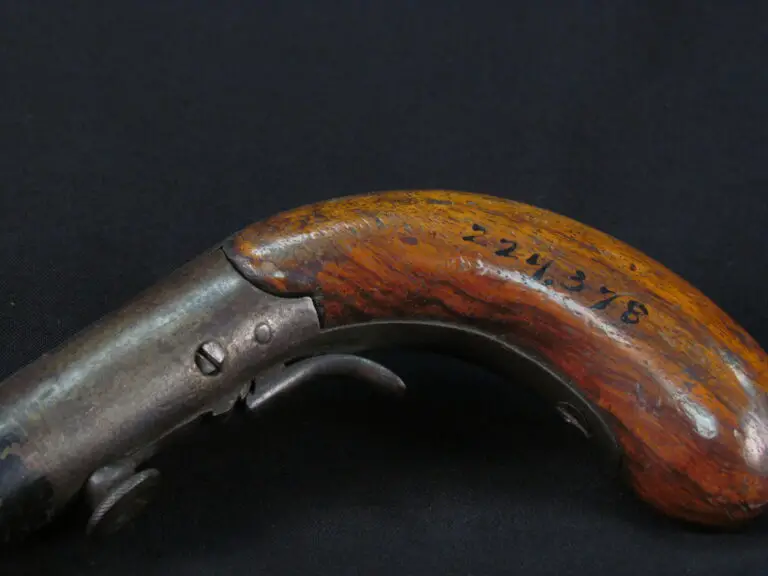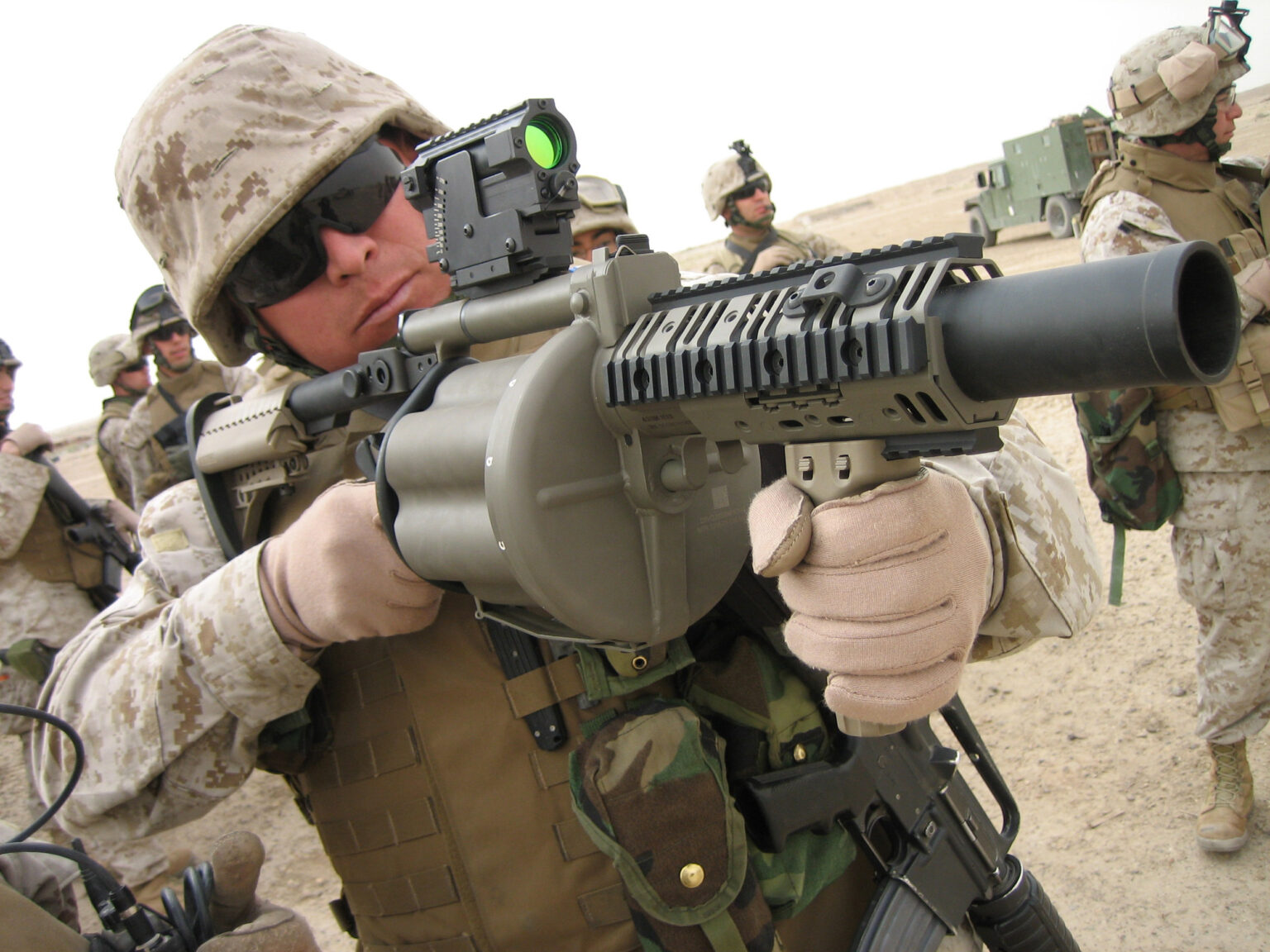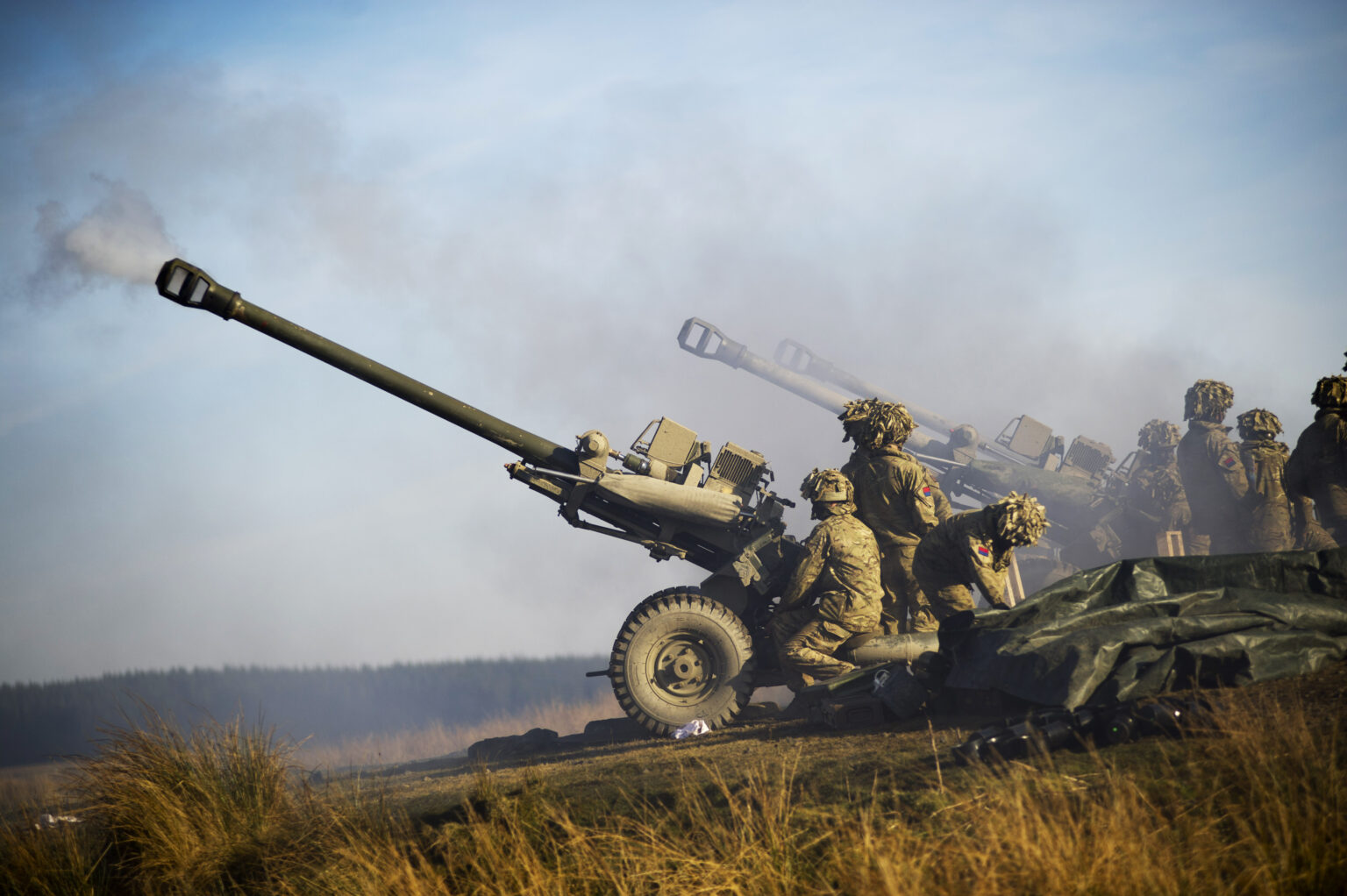Class 4 weapons represent a highly regulated category of firearms in the United States, falling under the purview of the National Firearms Act (NFA). These weapons are often misunderstood due to their restricted nature and the stringent legal requirements surrounding their ownership. Understanding what constitutes a Class 4 weapon and the implications of owning one is crucial for anyone interested in firearms or simply seeking knowledge about gun laws. This article aims to shed light on the subject, ensuring you are well-informed about the regulations, history, and nuances of Class 4 weapons.
With the rise in discussions around gun control and firearm regulations, Class 4 weapons have become a focal point of debate. These weapons are not just any firearms but include devices that are deemed highly dangerous or destructive. As such, their classification and regulation are essential to public safety and national security. This guide will explore the intricacies of Class 4 weapons, their legal status, and the responsibilities that come with owning them.
Whether you're a firearms enthusiast, a researcher, or simply someone curious about the intricacies of gun laws, this article will provide you with valuable insights. We'll delve into the history, types, legal requirements, and controversies surrounding Class 4 weapons, ensuring you leave with a comprehensive understanding of the topic. Let's dive in!
Read also:Chadwick Boseman Wife Pregnant A Heartfelt Look Into The Legacy And Personal Life
Table of Contents
- History of Class 4 Weapons
- Definition of Class 4 Weapons
- Types of Class 4 Weapons
- Regulations and Legal Framework
- Ownership Requirements
- Controversies Surrounding Class 4 Weapons
- Statistics on Class 4 Weapons
- Notable Legal Cases Involving Class 4 Weapons
- International Perspective on Class 4 Weapons
- Future of Class 4 Weapons
History of Class 4 Weapons
The classification of Class 4 weapons dates back to the early 20th century, when the U.S. government sought to regulate firearms more effectively. The National Firearms Act (NFA) of 1934 was the first major legislation to introduce specific categories for firearms, with Class 4 weapons being among the most restricted. This act was enacted in response to the rise in organized crime and the use of powerful firearms by criminals.
Key Milestones in Regulation
Over the years, the regulation of Class 4 weapons has evolved significantly:
- 1934: The NFA introduces the concept of regulating firearms based on their potential for harm.
- 1968: The Gun Control Act expands the scope of firearm regulations, further defining the categories.
- 1986: The Firearm Owners Protection Act places additional restrictions on machine guns, reinforcing the Class 4 categorization.
Definition of Class 4 Weapons
Class 4 weapons are defined as firearms that fall under the purview of the NFA and require a special license for possession. These include machine guns, short-barreled rifles, short-barreled shotguns, silencers, and destructive devices such as grenades and bombs. The classification is based on the weapon's potential for causing significant harm or destruction.
Characteristics of Class 4 Weapons
Class 4 weapons are characterized by their:
- High rate of fire (in the case of machine guns).
- Compact size and concealability (short-barreled firearms).
- Ability to silence gunfire (silencers).
- Potential for mass destruction (destructive devices).
Types of Class 4 Weapons
The category of Class 4 weapons encompasses a wide range of firearms and devices. Below are the primary types:
Machine Guns
Machine guns are fully automatic firearms capable of firing multiple rounds with a single pull of the trigger. These are heavily regulated due to their high lethality.
Read also:Forest Whitaker Eye A Comprehensive Look Into His Remarkable Journey And Health Insights
Short-Barreled Rifles and Shotguns
Short-barreled firearms are rifles or shotguns with barrels shorter than 16 inches, making them easier to conceal and carry.
Silencers
Silencers, or suppressors, are devices attached to firearms to reduce the noise of gunfire. While not inherently lethal, they are classified as Class 4 weapons due to their potential use in criminal activities.
Regulations and Legal Framework
The legal framework surrounding Class 4 weapons is complex and involves multiple layers of regulation. The Bureau of Alcohol, Tobacco, Firearms and Explosives (ATF) is the primary agency responsible for enforcing these laws.
Key Regulations
- Class 4 weapons require a special license issued by the ATF.
- Ownership involves a thorough background check and fingerprinting.
- Weapons must be registered with the ATF, and transfer of ownership requires approval.
Ownership Requirements
Ownership of Class 4 weapons is not for the casual firearms enthusiast. Prospective owners must meet stringent requirements, including:
Eligibility Criteria
- Being a U.S. citizen or permanent resident.
- Having no criminal record or history of mental illness.
- Passing a comprehensive background check.
Controversies Surrounding Class 4 Weapons
The classification and regulation of Class 4 weapons have sparked numerous debates. Proponents argue that these regulations are necessary for public safety, while opponents claim they infringe on Second Amendment rights.
Common Arguments
- Supporters emphasize the need to restrict access to highly dangerous firearms.
- Opponents argue that responsible citizens should have the right to own these weapons for self-defense or recreational purposes.
Statistics on Class 4 Weapons
Data from the ATF provides valuable insights into the prevalence and impact of Class 4 weapons:
- As of 2023, there are approximately 2 million registered NFA firearms in the U.S.
- Less than 1% of violent crimes involve Class 4 weapons, highlighting their rarity in criminal use.
Notable Legal Cases Involving Class 4 Weapons
Several landmark cases have shaped the legal landscape surrounding Class 4 weapons:
United States v. Miller (1939)
This case established the precedent that the Second Amendment does not protect weapons not typically used by the militia.
International Perspective on Class 4 Weapons
Globally, the regulation of Class 4 weapons varies significantly. Countries like the United Kingdom and Australia have implemented strict bans, while others, such as Switzerland, allow limited ownership under specific conditions.
Future of Class 4 Weapons
The future of Class 4 weapons is likely to be shaped by advancements in technology and evolving societal attitudes. As 3D printing and other innovations make it easier to produce firearms, regulators will face new challenges in maintaining control over these dangerous devices.
Potential Developments
- Increased scrutiny of 3D-printed firearms.
- Advancements in smart gun technology.
- Reevaluation of existing regulations in light of new threats.
Kesimpulan
Class 4 weapons represent a critical area of firearms regulation, balancing public safety with individual rights. Understanding their classification, legal requirements, and controversies is essential for anyone interested in the topic. As the debate around gun control continues, staying informed about Class 4 weapons and their implications is more important than ever.
We encourage you to share your thoughts in the comments section below or explore other articles on our site for more insights into firearms and related topics. Together, we can foster a more informed and responsible approach to firearms ownership and regulation.


